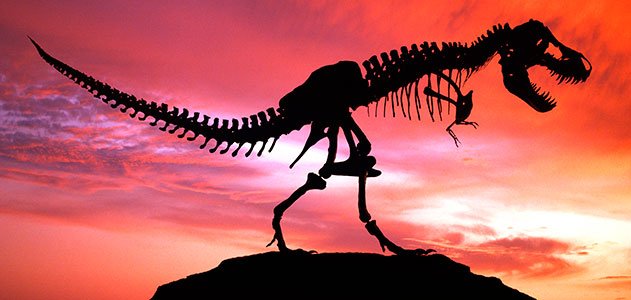
In the universe, the structure
of the physical laws, and the values of certain fundamental physical constants,
appear to be “tuned.” That is, they appear to have values within a range that
permit certain types of phenomena, including the existence of life. This could
simply be happenstance. However, it is also possible that there is some process
that has caused the selection of these particular physical laws and these
particular fundamental constants.
If such an apparently “tuned”
feature were to arise in a biological system, we would immediately hypothesize
that it must be the result of the process of evolution. That is, some process
of variation has caused the emergence of such a feature, and permitted its
survival by the elimination of alternative features. This suggests the
possibility that physical laws themselves might have evolved, and that this
evolution of physical law is the cause of the observed features. This would further
suggest that, in the original universe, there might have been a multiplicity of
physical laws, but that only a certain few of these laws persisted. Moreover,
the laws that persisted did so in such a way as to produce the observed values
of fundamental constants.
Here’s one possible mechanism for the extinction of a
physical law. Consider a force modeled on the Coulomb force of static
electricity, namely, opposite charges attract and like charges repel. Particles
that are subject to this hypothetical force would have some positive and
negative property. Then, particles with like properties would repel each other
while particles with opposite properties would attract each other.
Suppose further that it was possible to cancel out the
positive and negative property, possibly by the particles coming into contact
with each other. Suppose that all the particles in the universe possessing this
property did cancel out their property, as far as was possible. There would then
be two cases: either the number of particles with the positive property exactly
equaled the number of particles with the negative property, or the numbers were
different.
In the first case, this property of particles would cease to
exist. There would be no particles to feel this hypothetical force any longer.
The force would still exist, in a sense, but it would have no practical effect
in the universe. Particles that formerly possessed this property would now only
interact with each other, and with other matter, by other forces, such as gravitation.
The hypothetical force would become extinct.
In the second case, after as much cancellation of the
property was possible, a number of uncancelled particles would remain, all with
the same sign. All of these particles would repel each other, and distribute
themselves as far apart as possible throughout the universe.
In this way, this hypothetical force would become
effectively extinct. In the first case, it would play no role at all in the
universe. In the second case, it would serve only to distribute the remaining
uncancelled particles at random, far from each other, throughout the universe. All the cancelled
particles would then only interact with each other, and with ordinary matter,
by other forces, such as gravitation.
There are indications that some such process of extinction of forces
might already have occurred.
As one example, scientists have recently discovered the
existence of so-called “dark matter”. Dark matter is called “dark” because it apparently
doesn’t participate in any of the electromagnetic forces that produce radiation
such as heat or light. We can’t see dark
matter, because it’s dark in this way. We can only infer its existence because
of the gravitational effects that it has on matter that we can see.
It could be that dark matter once experienced some type of
force with other dark matter. In some way, that force might have become
extinct, perhaps as hypothesized above. Now, all dark matter can do is interact
with ordinary matter through a force that both types of matter feel:
gravitation.
As another example, the theory of cosmological inflation
postulates that the early universe went through an extremely rapid exponential
expansion, to achieve the smoothness of distribution of matter that we now observe.
However, there is no currently known force that could have caused this
inflation.
It could be that there once was such a force, sufficient to
cause the hypothesized cosmological inflation. But, since that inflation
occurred – indeed, possibly as a result of that inflation – this force might
have become extinct. It no longer operates in any meaningful way in the
universe.
Thus, the extinction of physical law could be one way by which the nature of the universe changes, and features become "tuned".
No comments:
Post a Comment